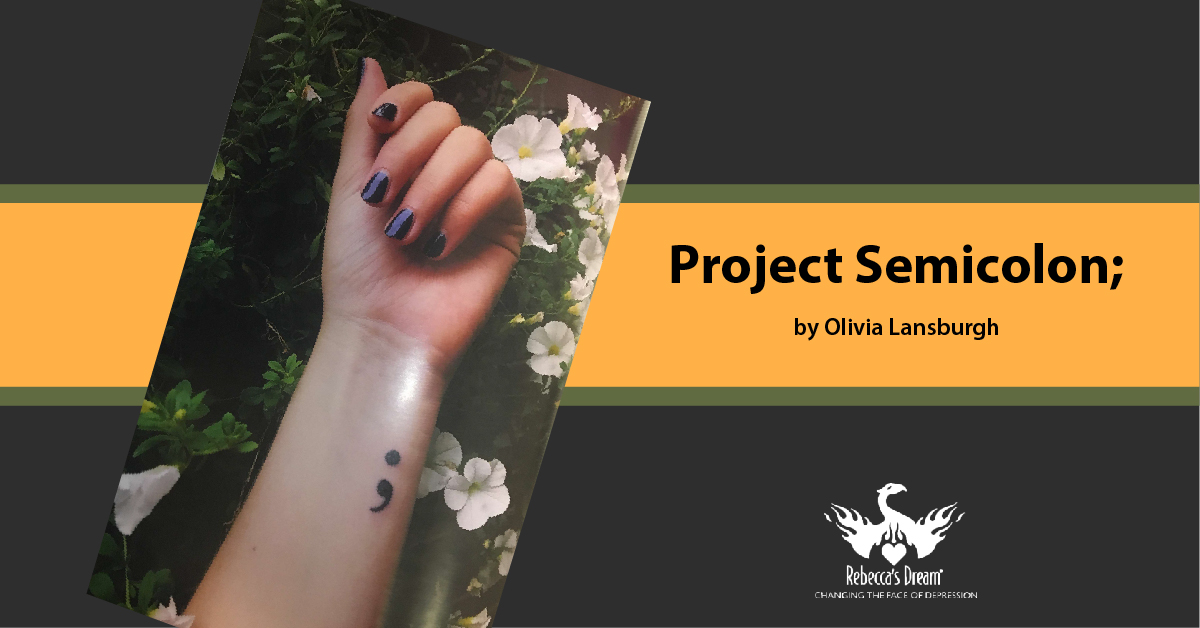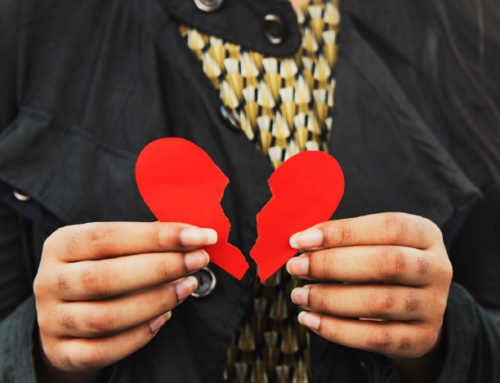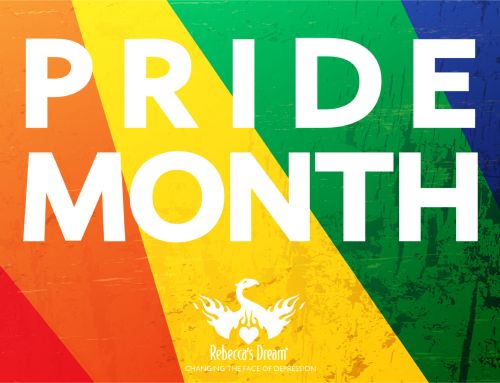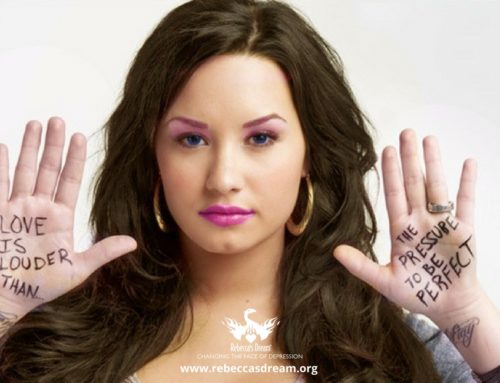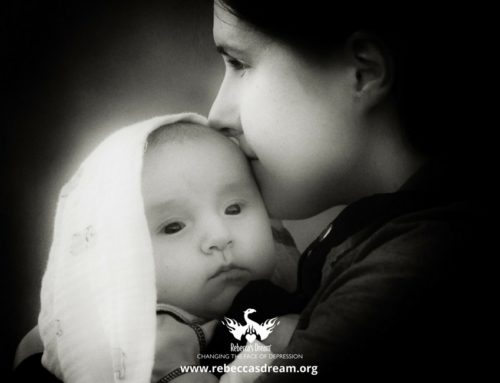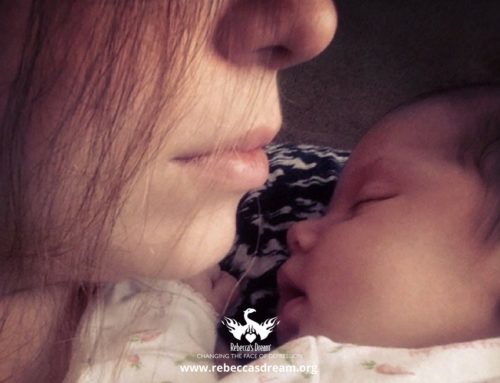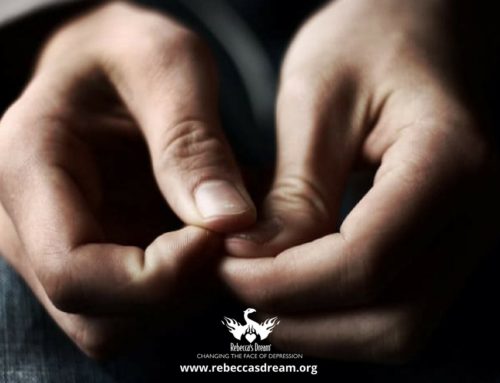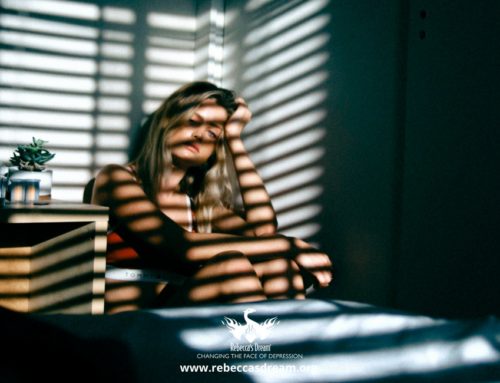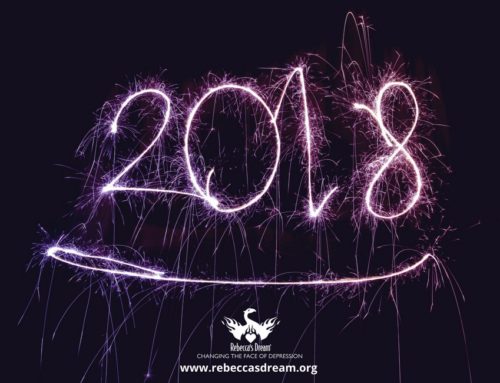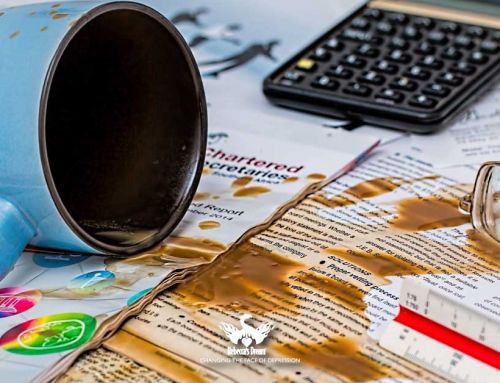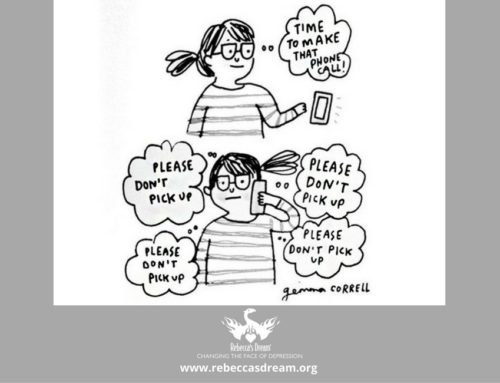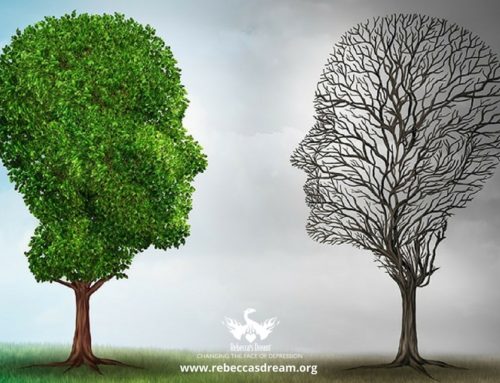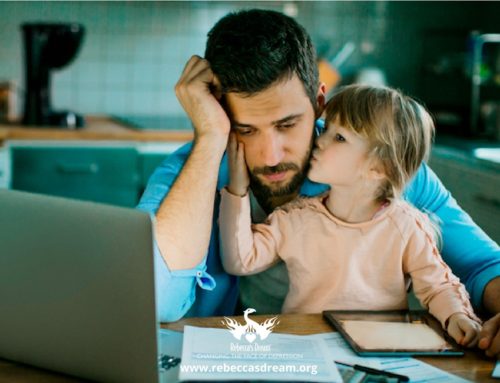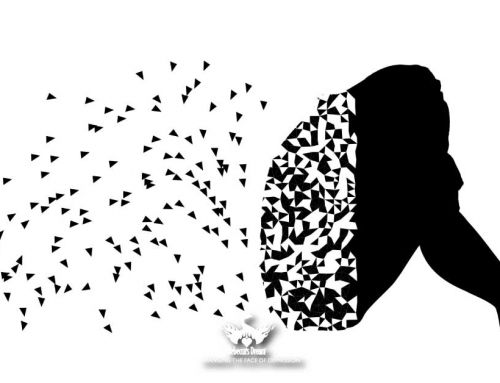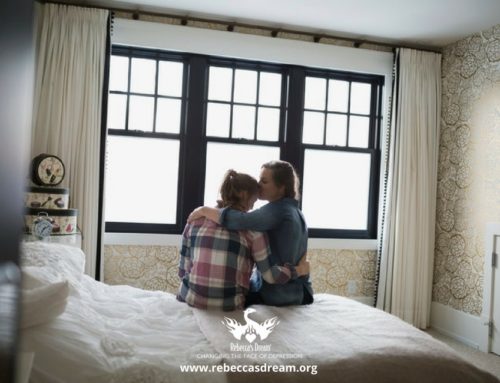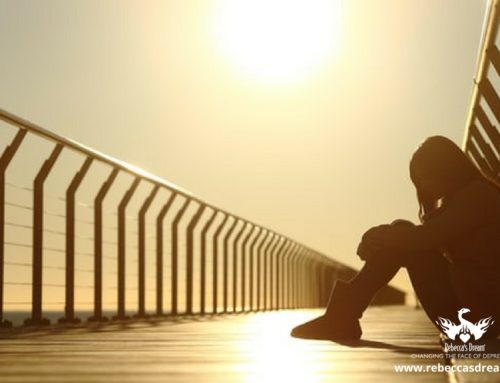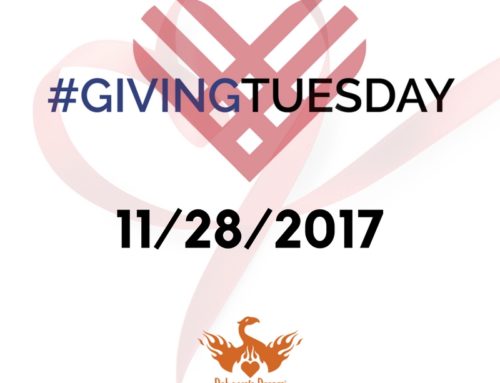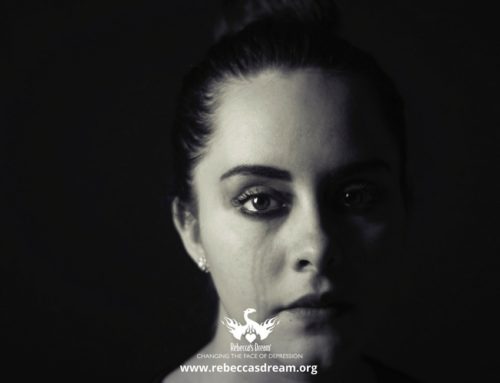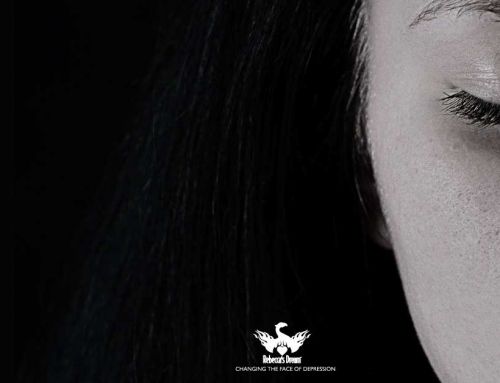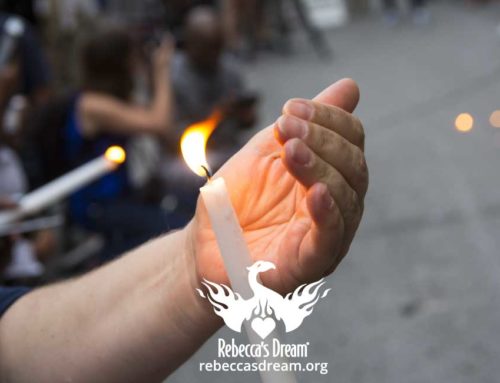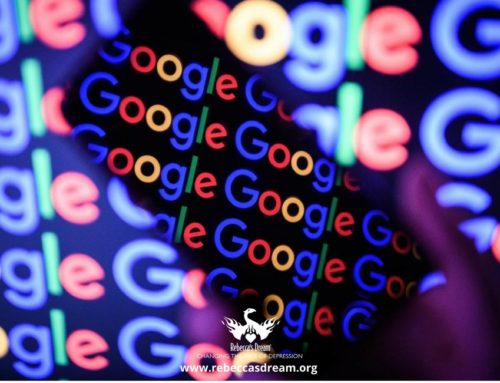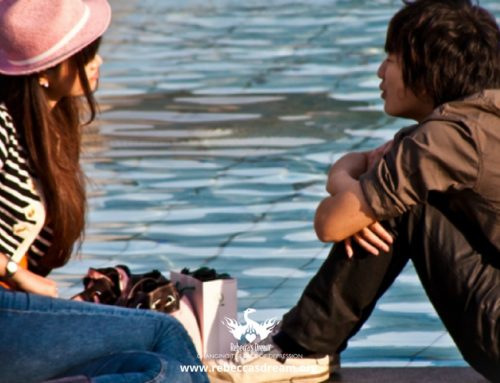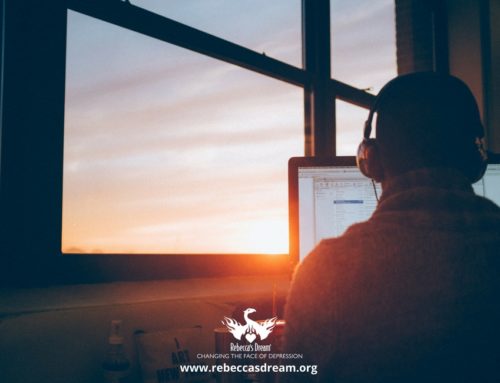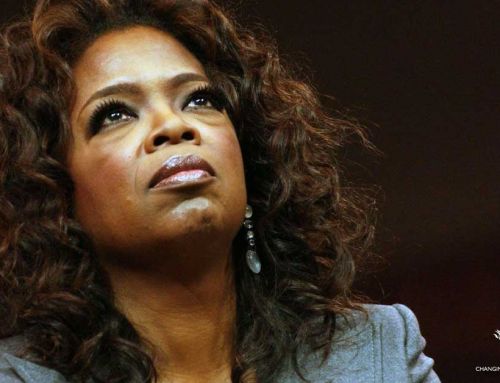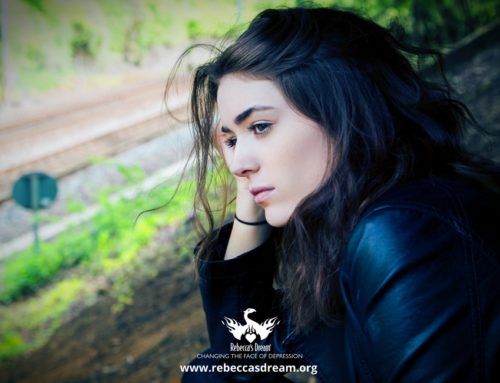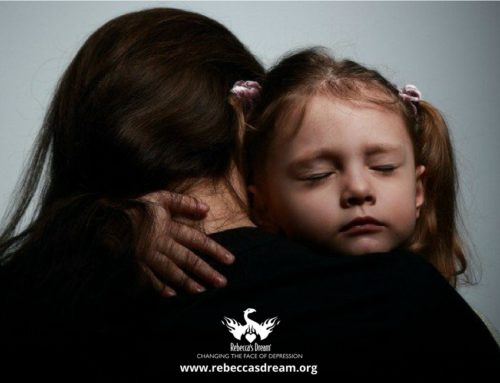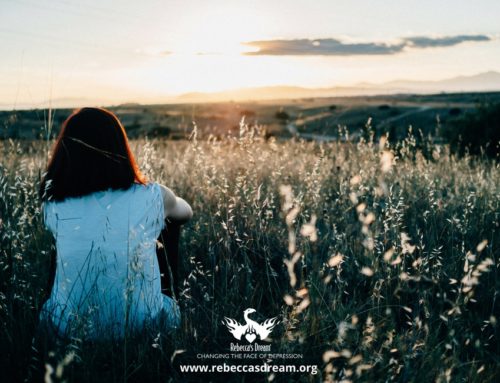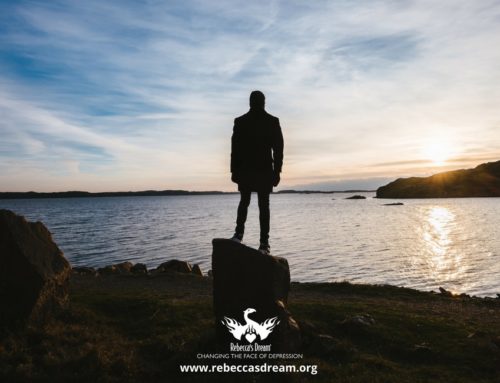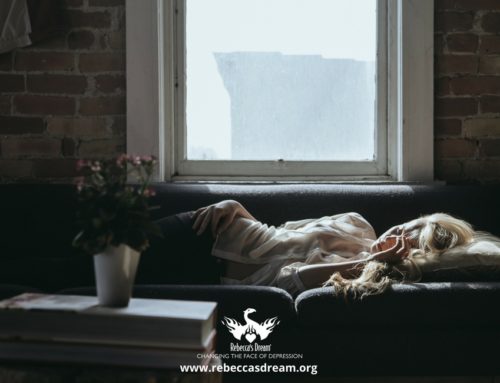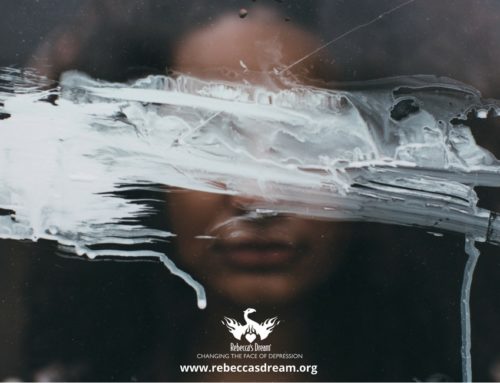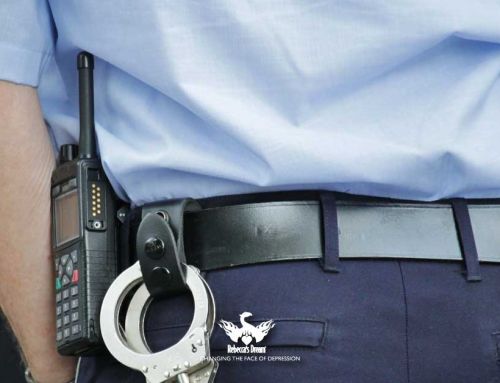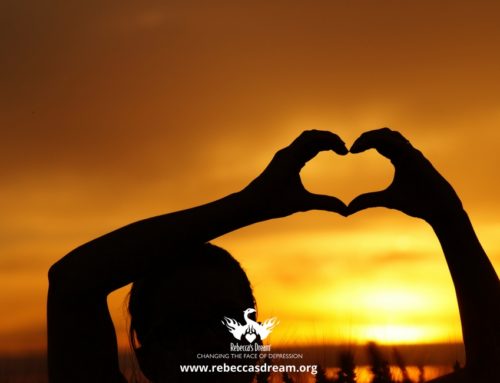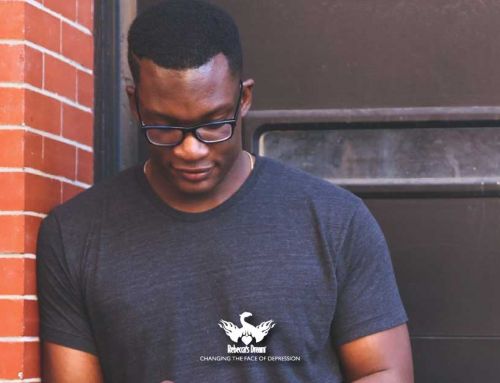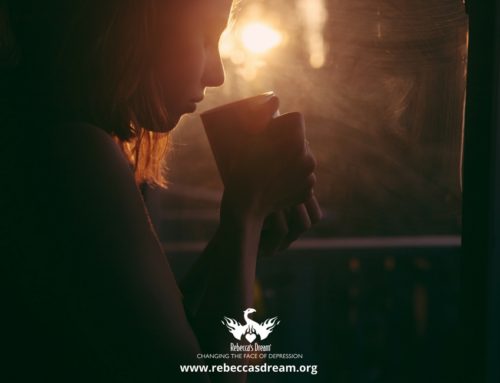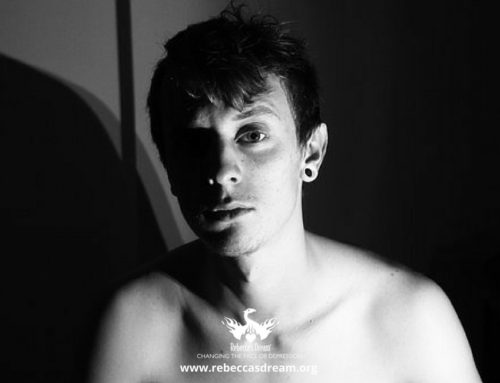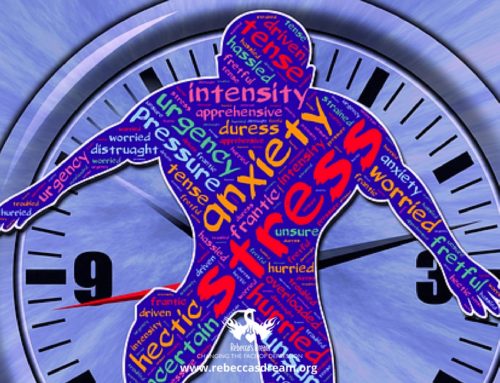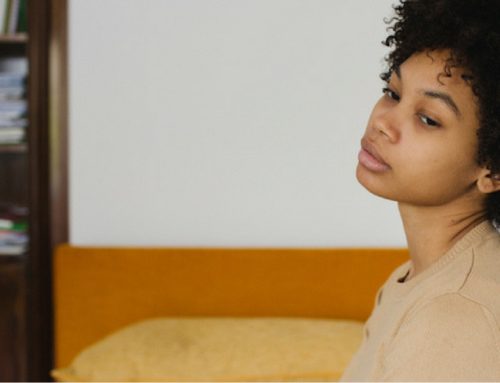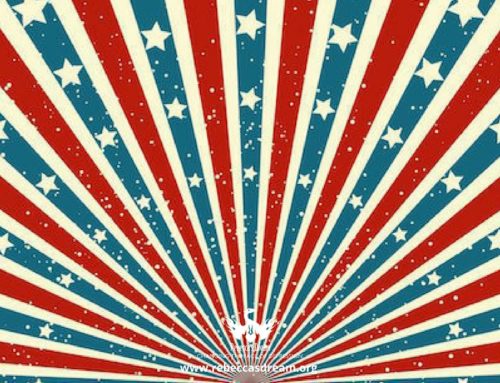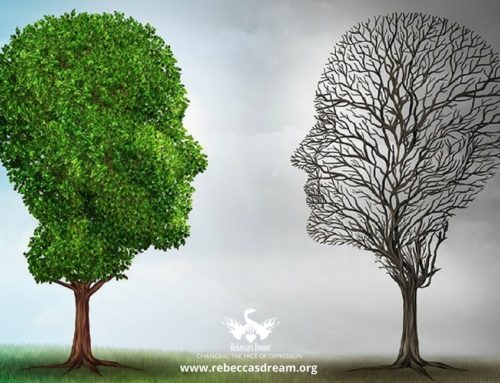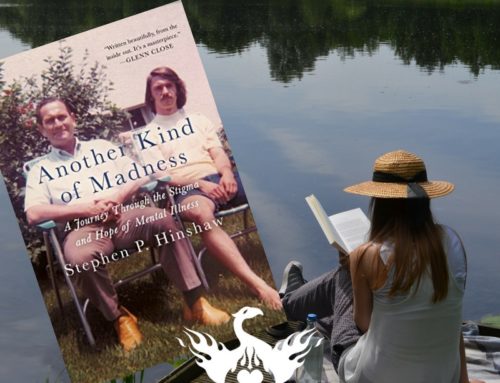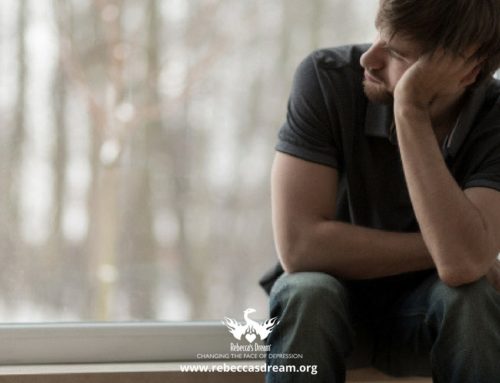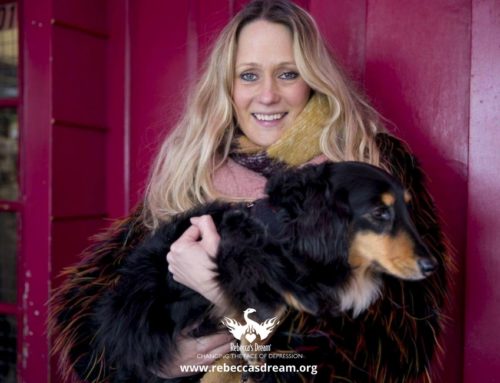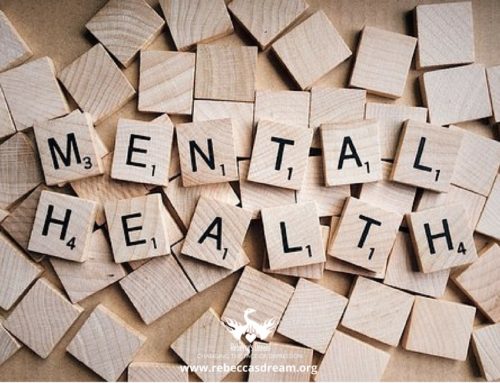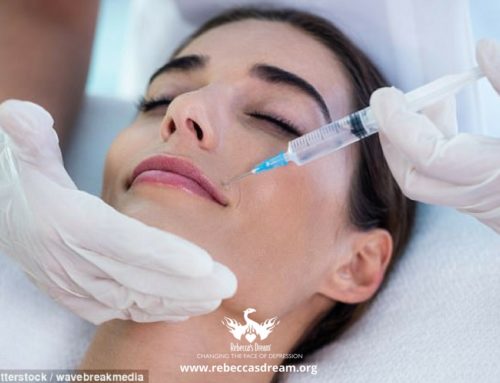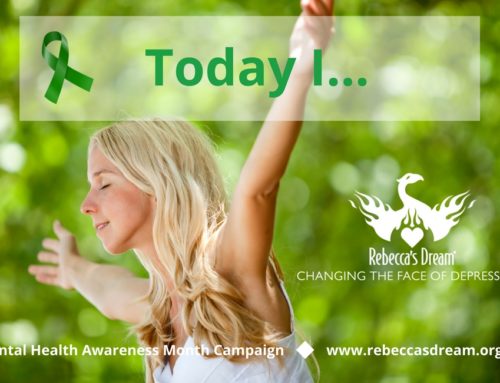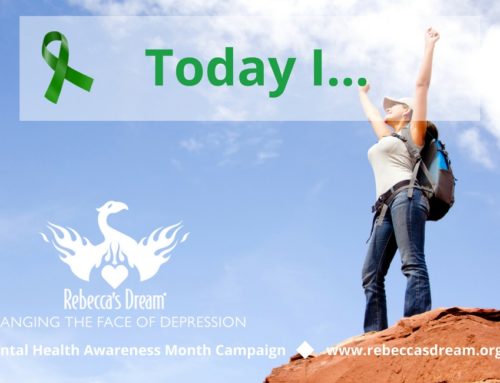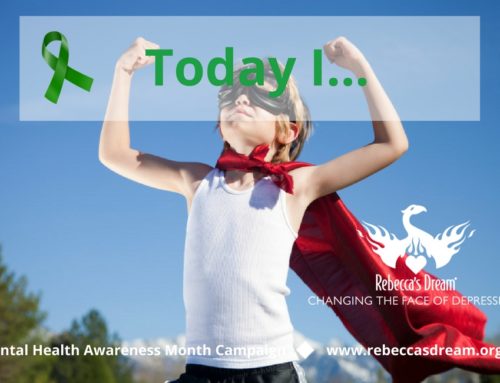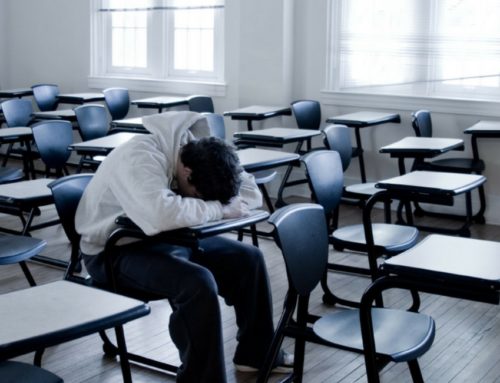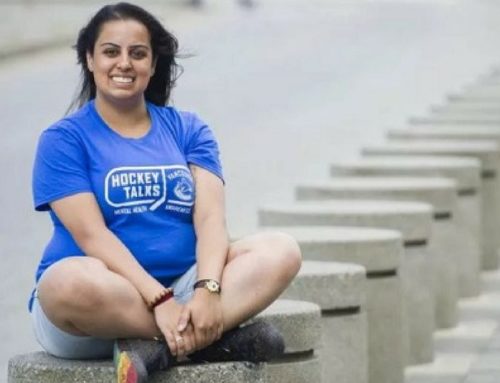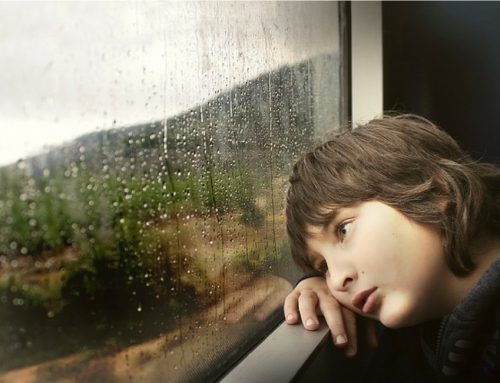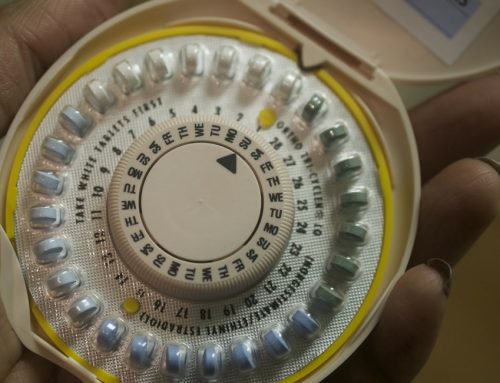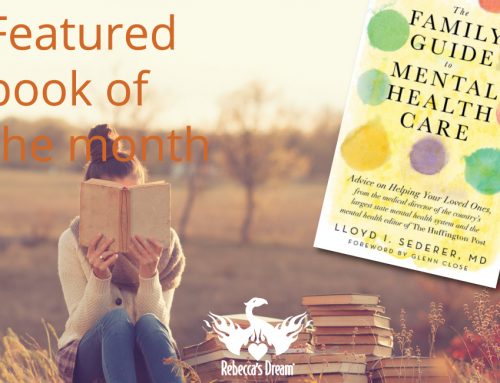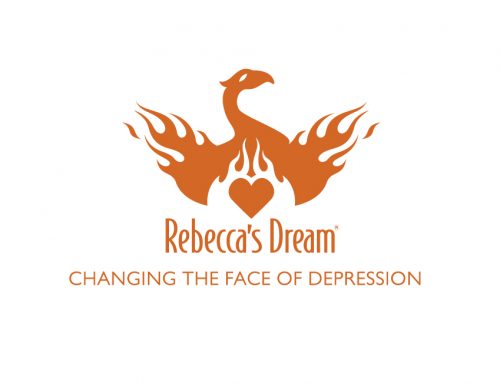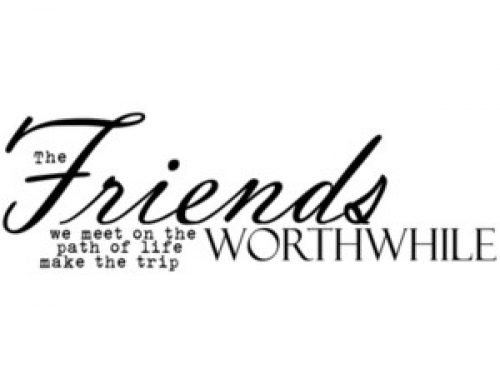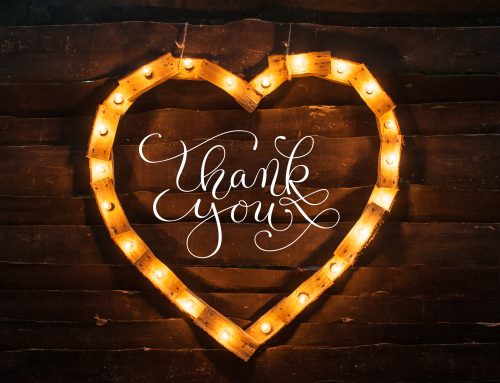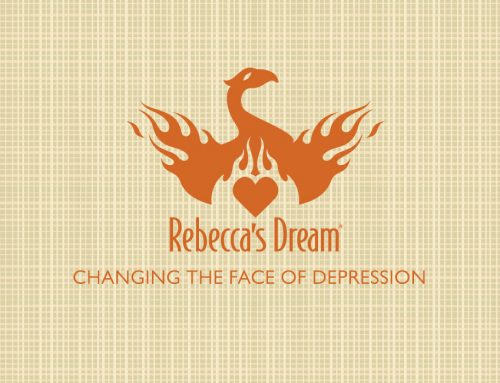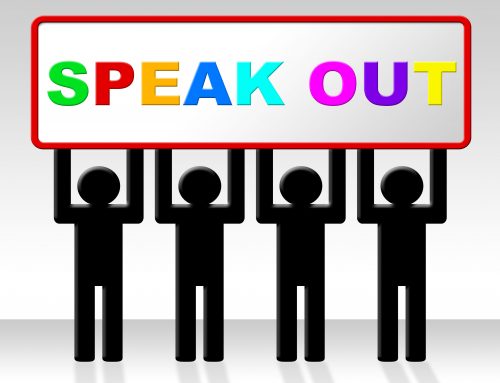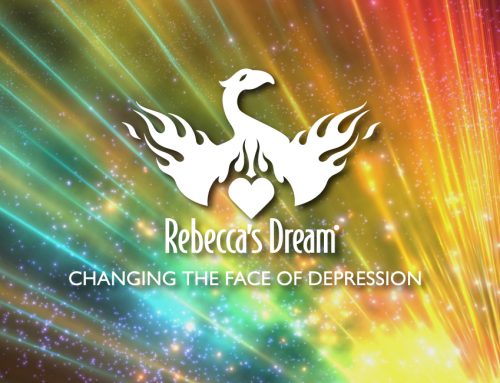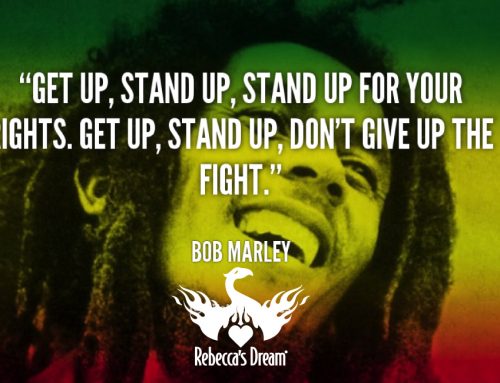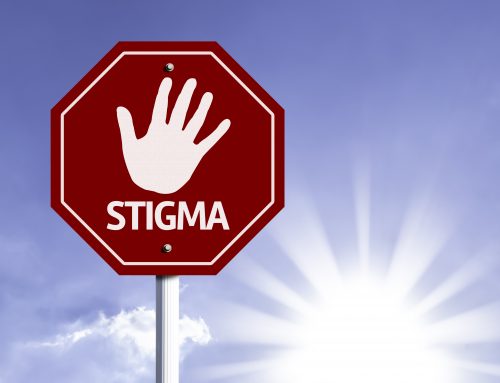The scratching of a soft silk blanket. My little sister sucking her thumb. The bounce of a miniature basketball hitting the rim of my brother’s door. The turning of zippers in the dryer. The smacking of gum.
Although easily ignored by most everyday sounds brought me to a place that scared me – a place that made my body tense, my eyes water, and, at times, made me question whether it would be easier to disappear. In third grade, I began to notice noises that bothered me, but it wasn’t until 6th grade that I started to develop anxiety, depression and suicidal thoughts as a result. In fourth grade, my therapist recognized these symptoms and diagnosed me with Misophonia. Misophonia translates to the “hatred of sound,” and is a mental disorder in which irrational thoughts, physical reactions, and self harm are triggered by specific sounds. I was prescribed with a medication which stabilizes the brain and acts to reduce the effects of anxiety caused by my disorder.
At doctor’s appointments, therapy sessions, and family dinners. I was constantly told, “This isn’t your fault,” but I was never able to understand why this happened to me. Why was I born with this? In trying to overcome my disorder, I’ve enrolled in three inpatient programs, confided in three therapists, and survived one emergency hospital visit to get to where I am today: a place of feeling comfortable in my own skin. After a long journey of struggling with self-acceptance, I have committed myself to being an advocate for others with mental health disorders.
Although dealing with my mental health has not been easy, it’s been an unbelievable growing experience. Misophonia is often overlooked as an “invisible disease” – it is difficult for others to understand that sounds which, to their ears, are merely background noises, could bother me to such an extent. Years of advocating for myself and explaining my mental disorder to teachers was exhausting, but I wouldn’t have been able to return to school or receive the accommodations I needed otherwise.
In August before 11th grade my mom and I got matching semicolon tattoos on our left wrists. The concept of the semicolon tattoo comes from an organization known as ‘Project Semicolon,’ which was created in 2013 by Founder Amy Bleuel as a tribute to her father who died by suicide in 2003. A semicolon is used when an author could’ve ended a sentence, but chose not to. In this case, I am the semicolon, and the sentence is my life.
Although my mom does not struggle personally, she got the tattoo to support me and others with serious mental health illnesses. Even though it is physically small, I use my tattoo to raise awareness for mental health. With my tattoo and through social media posts, I am able to support others dealing with similar experiences. Whenever someone asks me what my tattoo means, whether I’m at the grocery store or the dog park, I’m given the opportunity to break the stigma surrounding mental health and explain the importance of being able to recognize symptoms of mental illness in those around us.
Starting in third grade, and continuing for the rest of my life, Misophonia will always be a big part of my identity, but it’s not something I feel ashamed or embarrassed about. Instead, I see my mental disorder as an opportunity to share and destigmatize topics of mental health. I will continue to be a voice for individuals that struggle with mental health, and a voice that encourages all people, even those that don’t struggle with it themselves, to raise awareness and support those who do.
Given that my tattoo is a permanent mark on my body, something I will carry with me everyday – it is a constant reminder of my strength and all that I’ve overcome.
~Olivia Lansburgh has been part of Rebecca’s Dream’s Junior Board since 2019. She is a strong advocate against mental health stigma. Thank you Olivia for sharing your story.


